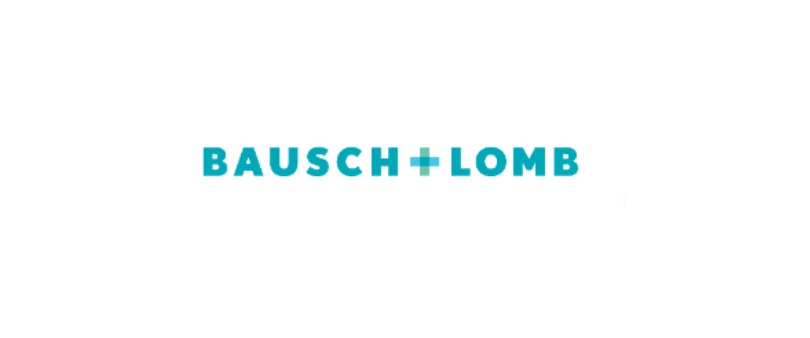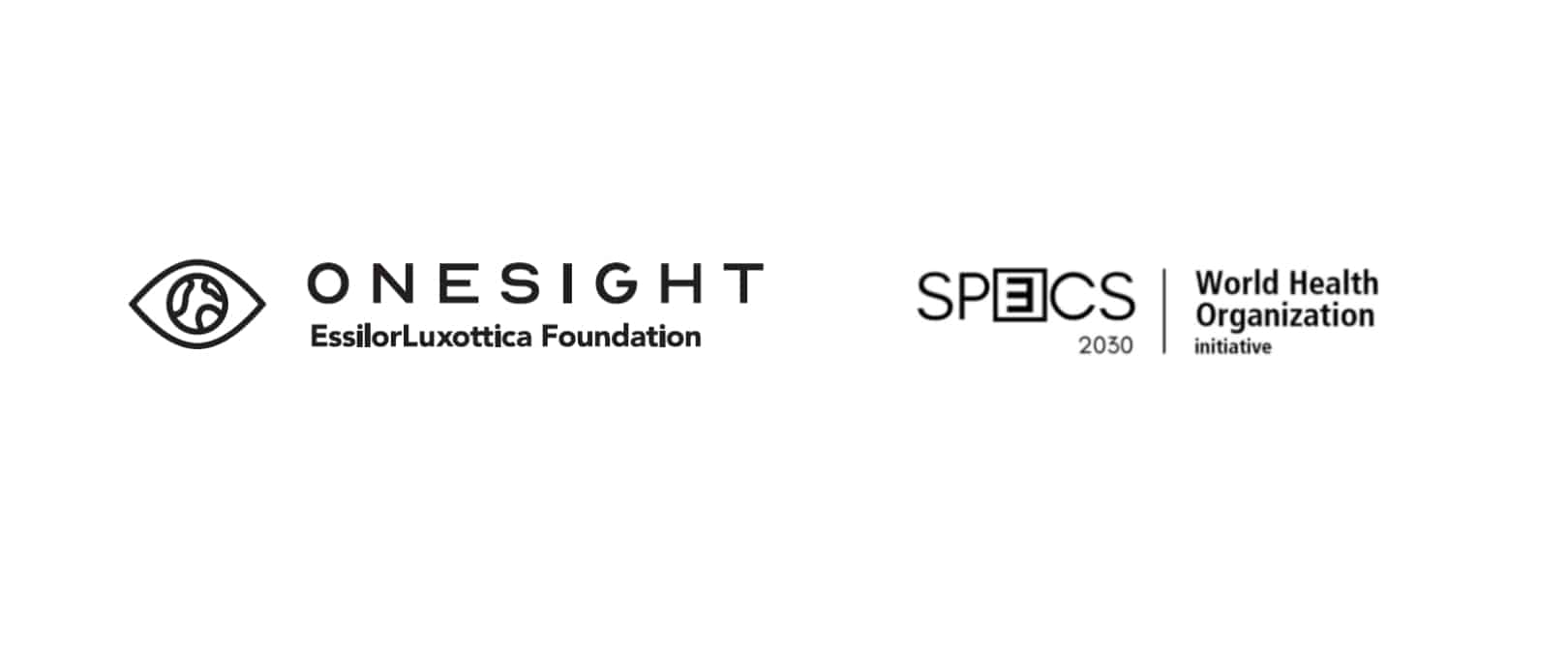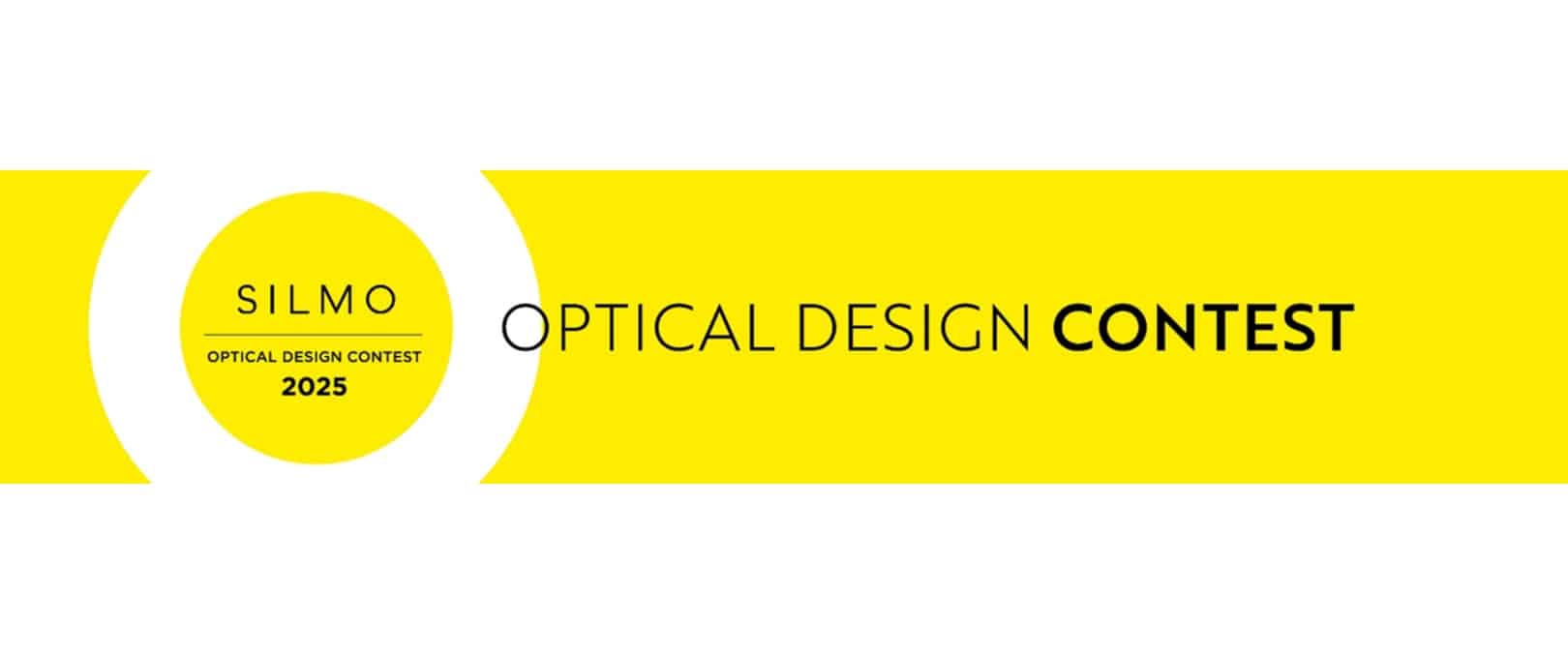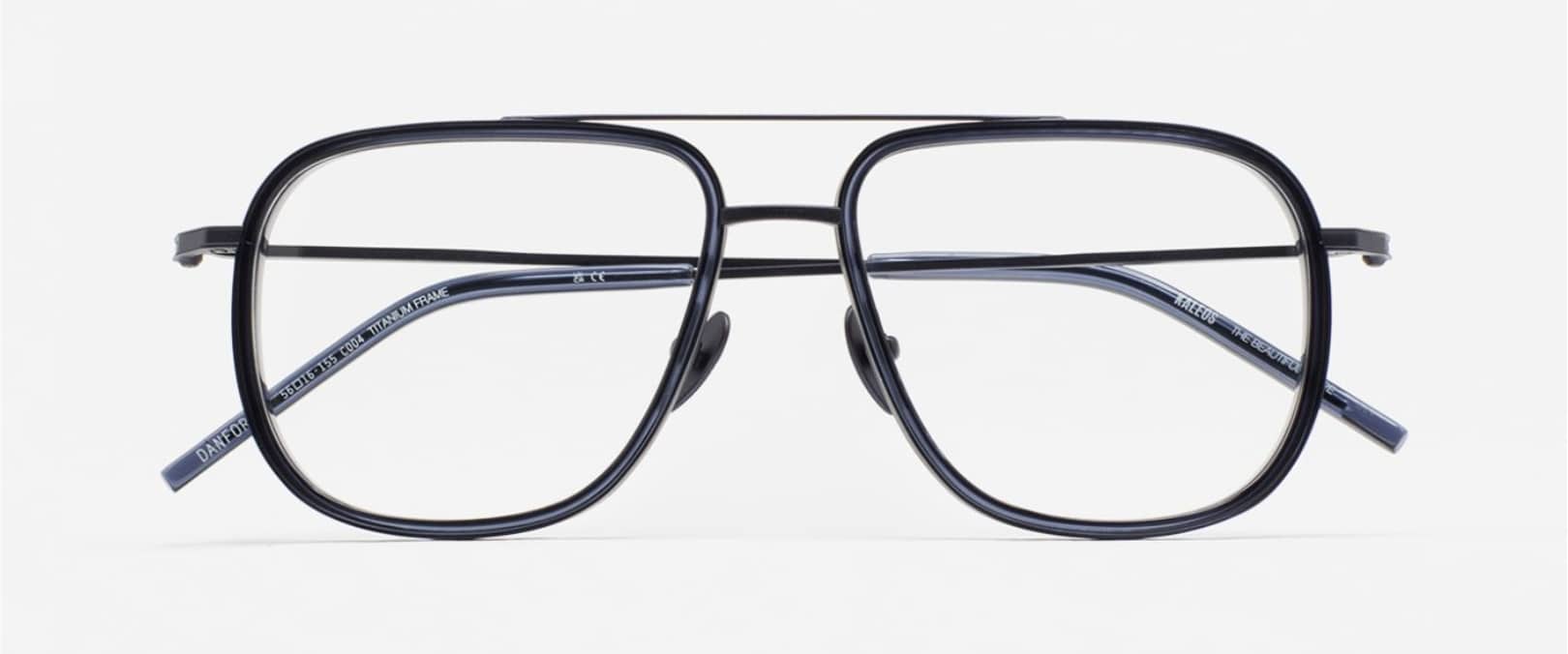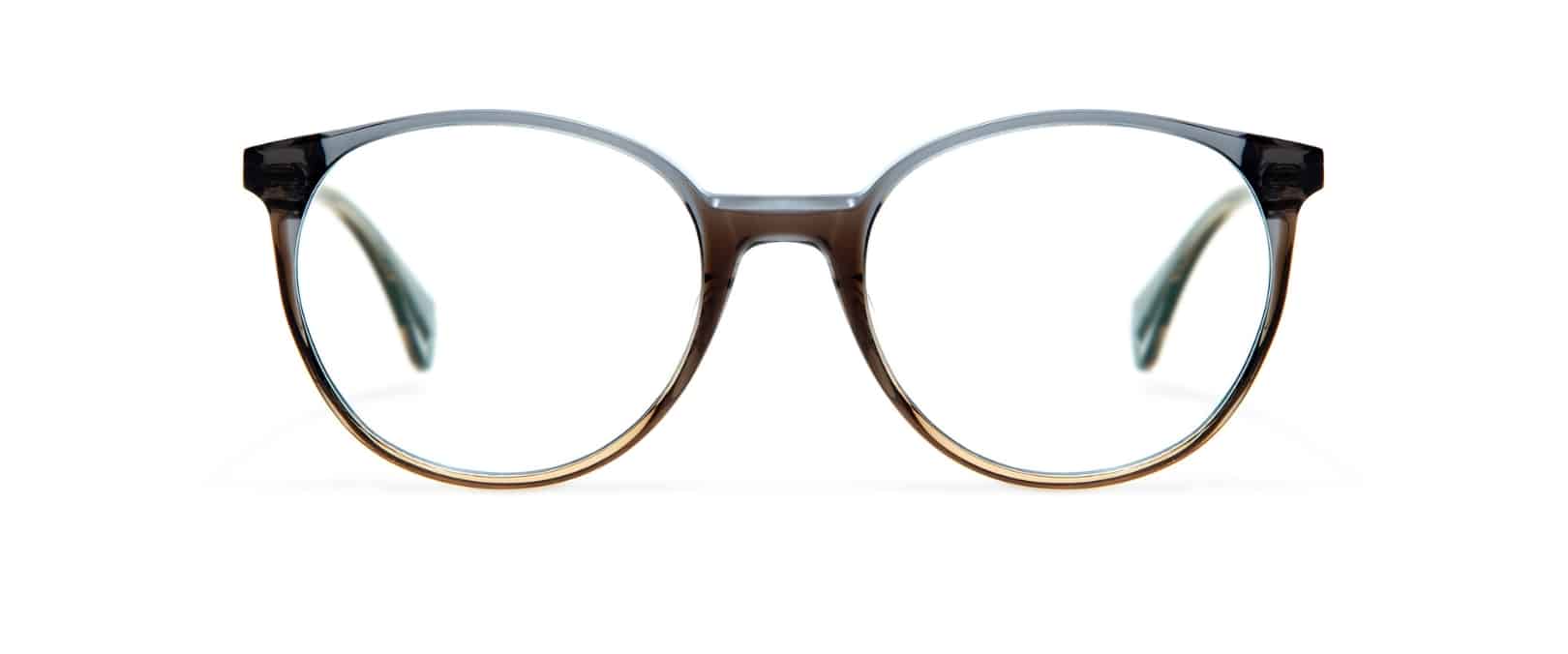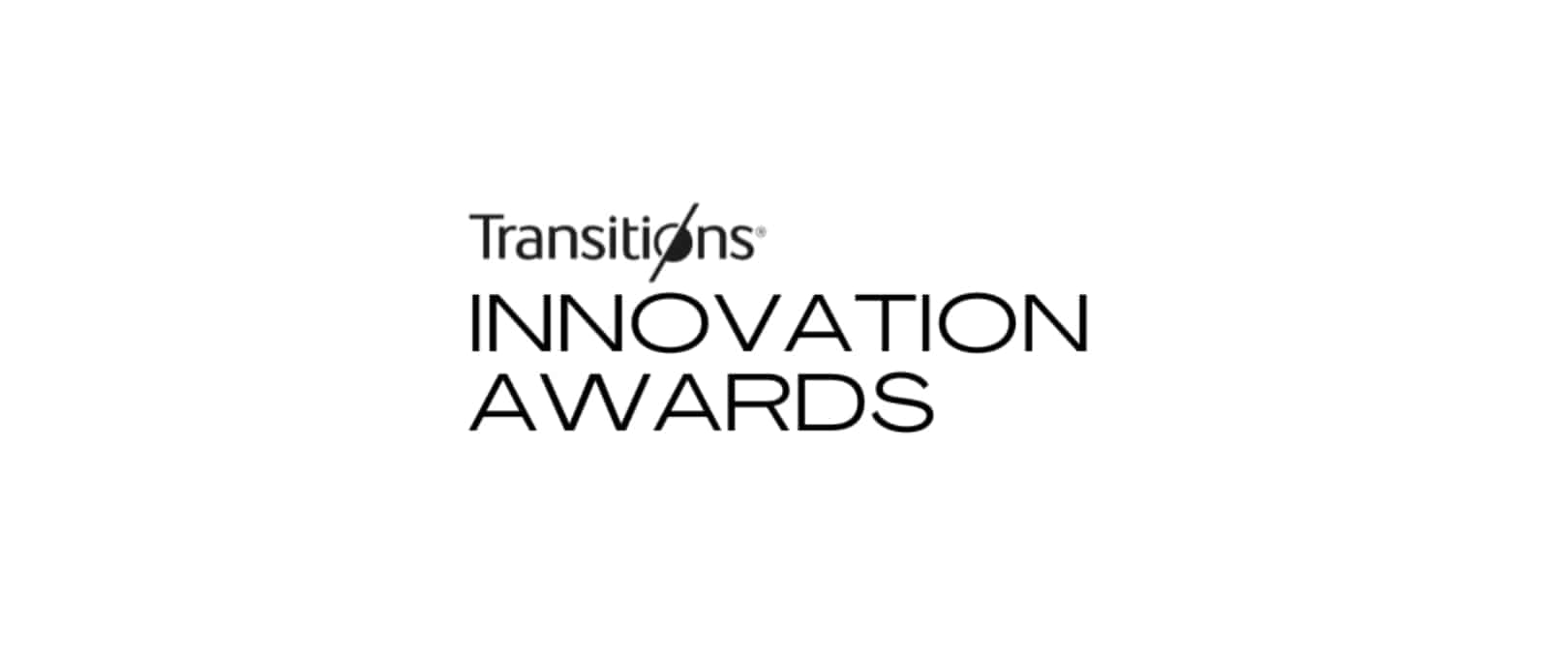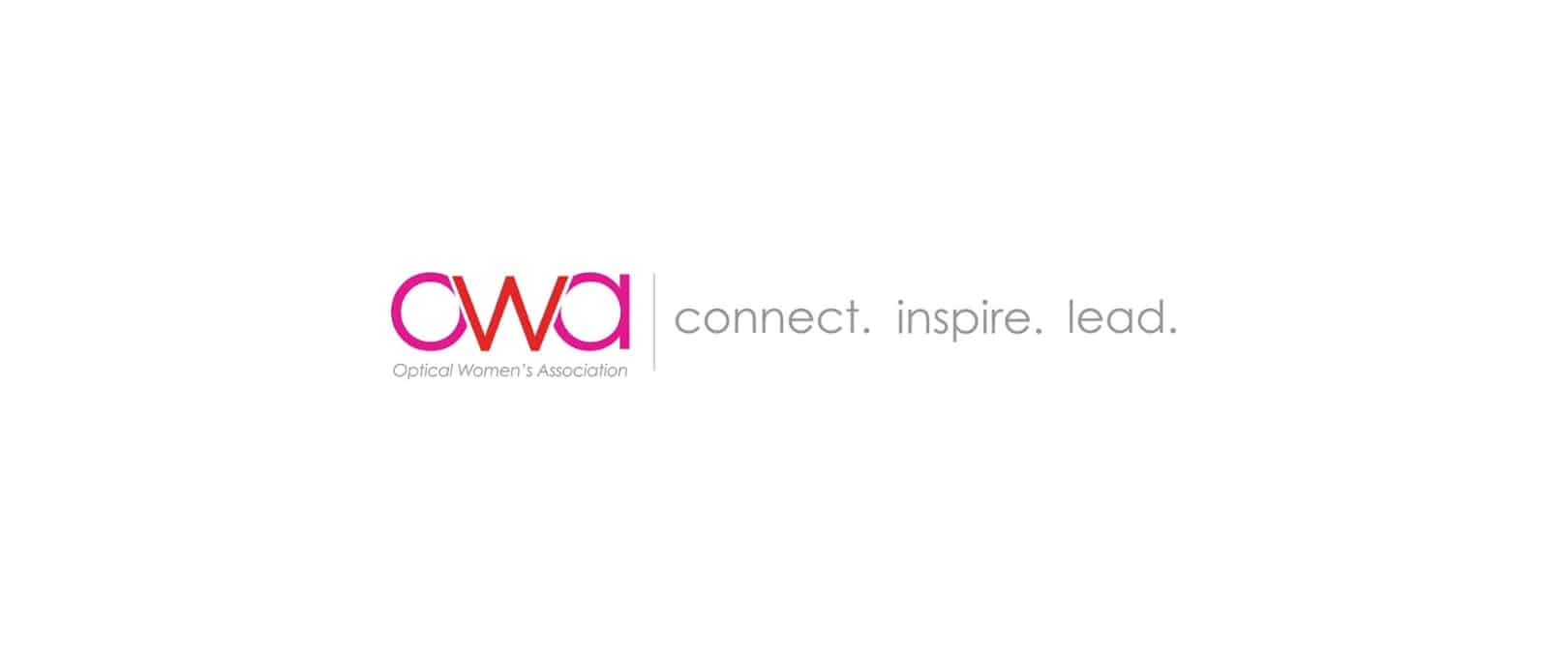SILMO Paris, a key event in the optics and eyewear sector since 1967, is inviting design students to take up a unique challenge with the 4th edition of the Optical Design Contest.
SILMO is affirming its commitment to promoting expertise, supporting the industry and stimulating innovation through the Optical Design Contest.
A real springboard for tomorrow’s talent, this contest offers students from design schools all over the world the opportunity to go beyond the boundaries of innovation and explore the countless possibilities of design in the world of optics.
It’s an inspiring challenge that will reveal their vision of the future and inspire them to become active players in a constantly evolving industry!
THEME OF THE OPTICAL DESIGN 2025 CONTEST: Superhero glasses!
This year, the competition explores the potential of eyewear to transcend its simple function. Participants will have to design innovative frames capable of :
- enhance vision and broaden our perception of the world
- transform vision and the environment around them
- redefine eyewear as a powerful technology, far beyond
- a simple health accessory
Through bold designs, the creations will have to go beyond their practical function to become instruments of transformation, elevation and reinvention of the view and the world.
Michel Penneman, President of the Jury
Internationally renowned Belgian designer and interior architect Michel Penneman is renowned for his innovative hotel renovations and his mastery of architectural narrative and colour.
Since his first projects in the 1990s, he has adopted an eclectic, conceptual approach, marked by a particular interest in light, transparency and adapting to the spirit of the place.
TERMS AND CONDITIONS OF ENTRY
The contest is open to students enrolled in the 3rd, 4th or 5th year of a design course.
Projects, submitted individually or as part of a team, must be submitted by 16 June 2025 on the dedicated platform.
EVALUATION CRITERIA
Designs will be judged on their innovation, functional relevance, responsible commitment and technical feasibility.
The finalists will be announced in July 2025 and prototypes will be exhibited at SILMO Paris 2025.
A PRESTIGIOUS PRIZE
In addition to the recognition that comes with success, the winner will receive a prize of €10,000, divided equally between him or herself and his or her school. The winning project will be presented at SILMO Paris 2026.
KEY DATES
JUNE 16 – Closing date for entries
JULY – Nominees announcement
SEPTEMBER 26 – Prize Ceremony at the show
For more information : ibeuzen@silmo.fr
Click HERE for the press release.
Want to see more like this article? Click here to subscribe to our FREE print magazines and e-newsletters!

